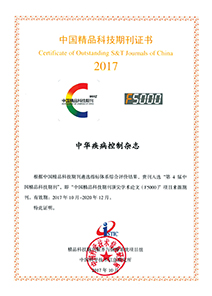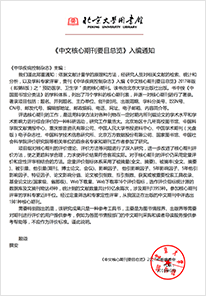2025 Vol. 29, No. 5
Display Method:
2025, 29(5): 497-504.
doi: 10.16462/j.cnki.zhjbkz.2025.05.001
Abstract:
2025, 29(5): 505-511.
doi: 10.16462/j.cnki.zhjbkz.2025.05.002
Abstract:
2025, 29(5): 519-526.
doi: 10.16462/j.cnki.zhjbkz.2025.05.004
Abstract:
2025, 29(5): 527-535.
doi: 10.16462/j.cnki.zhjbkz.2025.05.005
Abstract:
2025, 29(5): 536-541.
doi: 10.16462/j.cnki.zhjbkz.2025.05.006
Abstract:
2025, 29(5): 549-557.
doi: 10.16462/j.cnki.zhjbkz.2025.05.008
Abstract:
2025, 29(5): 558-562.
doi: 10.16462/j.cnki.zhjbkz.2025.05.009
Abstract:
2025, 29(5): 563-568.
doi: 10.16462/j.cnki.zhjbkz.2025.05.010
Abstract:
2025, 29(5): 569-573.
doi: 10.16462/j.cnki.zhjbkz.2025.05.011
Abstract:
2025, 29(5): 574-579.
doi: 10.16462/j.cnki.zhjbkz.2025.05.012
Abstract:
2025, 29(5): 580-587.
doi: 10.16462/j.cnki.zhjbkz.2025.05.013
Abstract:
2025, 29(5): 600-605.
doi: 10.16462/j.cnki.zhjbkz.2025.05.016
Abstract:


 Email alert
Email alert RSS
RSS Abstract
Abstract HTML
HTML PDF
PDF





